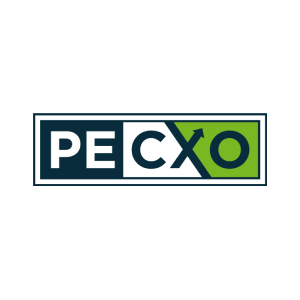- A sound M&A strategy offers a compelling return for PE investors.
- While the sponsor largely drives the target identification process, the portfolio company management team (including the CFO) must help form the organization’s approach to inorganic growth.
- M&A is somewhat opportunistic. Regular calibration with PE ownership on what the business is attempting to solve via acquisition enables a more proactive strategy and fuels decisive action when the right opportunities arise.
Misalignment on why an entity is being acquired makes it all but impossible to create an intelligent integration plan and logical revenue/EBITDA targets.
Confronted with hundreds — if not thousands — of potential deals each year, sponsors may become enamored with an acquisition target that does not truly align with the growth strategy of the existing investment. Portfolio company management teams play a vital role in shaping a distinct M&A strategy that ensures prioritized targets would help solve a specific problem.
A four-box framework can be an effective tool when considering target identification:

The lower left-hand box are acquisition targets that align with both the platform company’s current markets as well as their current products/capabilities. The proliferation of the roll-up strategy has made this the dominant form of M&A activity today.
The upper left-hand box are acquisition targets that would...
